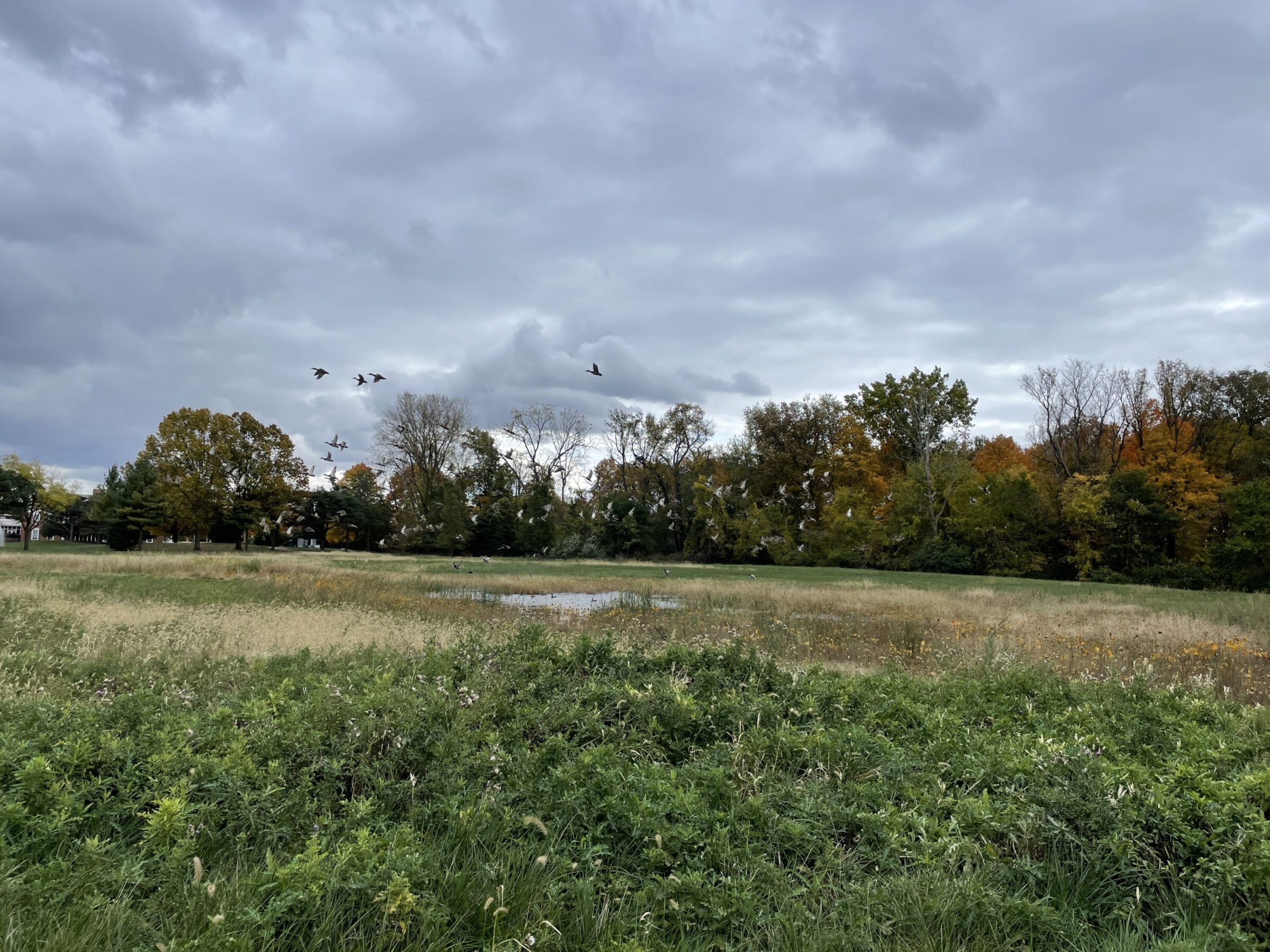University of Toledo CADE Wetland and Stream Restoration

University of Toledo CADE Wetland and Stream Restoration
PROJECT SNAPSHOT
Project Type
Non-Bank ProjectLocation
Ohio | Lucas CountyService Area
Ottawa River watershedProject Size
- Wetland: 10.87 AC
- Streams: 3.932 LF
Solution
Water QualityEcological Setting
- Riparian Systems
- Streams
- Wetlands
In partnership with The University of Toledo Foundation and the Ohio Department of Natural Resources, RES developed the turn-key UT CADE Restoration Project in Toledo, Ohio. The 49-acre project, located on The UT Foundation’s property, is fully funded by ODNR’s H2Ohio program aimed at reducing nutrient runoff into the Western Lake Erie Basin. RES is working alongside these partners from project inception through design, permitting, construction, and maintenance of the site long term.
Currently, existing stream channels (tributaries to the Ottawa River) through the CADE (Center for Alumni & Donor Engagement) project are deeply incised and subject to systemic bank erosion. Consequently, associated resources (Wetlands, Riparian Areas, and Upland Buffers) have also undergone direct and indirect historic and ongoing impacts. This restoration project will restore stable, meandering stream channels with improved hydraulic connectivity to the adjacent floodplains and associated wetland complexes, utilizing a hybrid approach of floodplain excavation and grading in tandem with Natural Channel Design methods.
The restoration approach will involve the installation of stream enhancement structures (log vanes/log weirs) as well as the excavation/repair of eroding banks. Wetland and riparian floodplain reconnection will also be enhanced by the strategic installation of log sill grade control structures, log cross vanes, and rock riffles.
Adjacent wetland areas will be hydrologically and vegetatively re-established and/or rehabilitated using shallow soil scrapes, followed by extensive native seeding and planting. Vegetative restoration will include applied planting palettes to create a wetland mosaic that contains native emergent, scrub-shrub, and forested wetland types.
Wooded riparian areas (areas beyond the identified wetlands) will be enhanced by controlling invasive plant species and planting and/or seeding vegetation native to the region. In addition, disturbed upland regions will undergo native upland seeding to promote an upland buffer and pollinator habitat reflective of undisturbed reference sites throughout the region.
This project will help reduce sediment, nitrogen, and phosphorous pollutants. Secondary benefits include stream stabilization, erosion and flood mitigation, improved terrestrial and aquatic habitats, and improved educational and recreational opportunities at the CADE campus. Additional long-term benefits will include the use of the property by university academics as an outdoor classroom for ecological instruction, studies, and graduate research.
